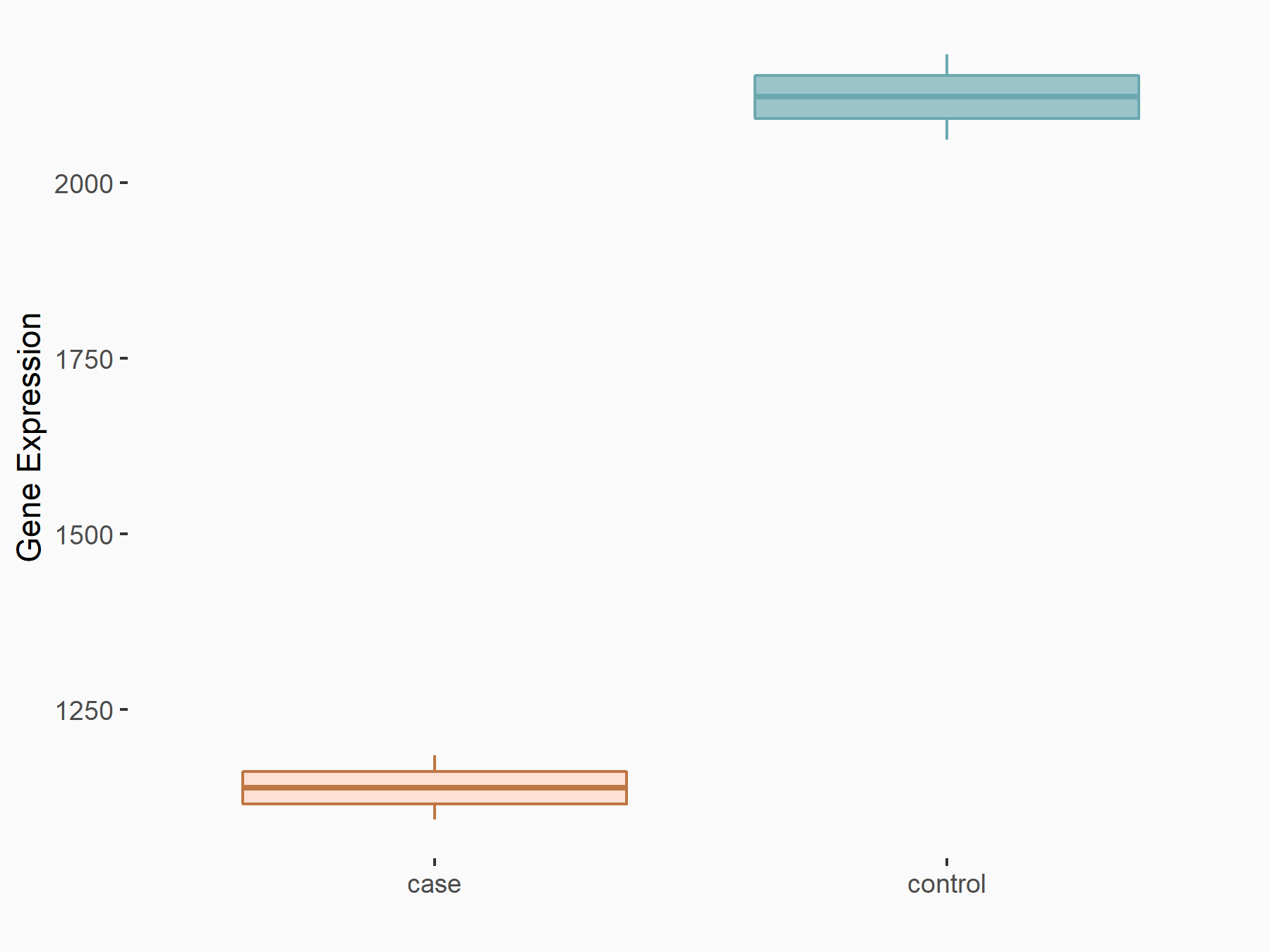m6A Target Gene Information
General Information of the m6A Target Gene (ID: M6ATAR00370)
Full List of m6A Methylation Regulator of This Target Gene and Corresponding Disease/Drug Response(s)
PLK1
can be regulated by the following regulator(s), and cause disease/drug response(s). You can browse detail information of regulator(s) or disease/drug response(s).
Browse Regulator
Browse Disease
Methyltransferase-like 3 (METTL3) [WRITER]
| Representative RNA-seq result indicating the expression of this target gene regulated by METTL3 | ||
| Cell Line | LX2 cell line | Homo sapiens |
|
Treatment: shMETTL3 LX2 cells
Control: shLuc LX2 cells
|
GSE207909 | |
| Regulation |
  |
logFC: -8.98E-01 p-value: 1.15E-18 |
| More Results | Click to View More RNA-seq Results | |
| In total 1 item(s) under this regulator | ||||
| Experiment 1 Reporting the m6A Methylation Regulator of This Target Gene | [1] | |||
| Response Summary | Impaired METTL3 expression in dental pulp stem cells led to increasing cell senescence and apoptosis by interfering with the mitotic cell cycle in a m6A-dependent manner. The protein interaction network of differentially expressed genes identified Serine/threonine-protein kinase PLK1 (PLK1), a critical cycle modulator, as the target of METTL3-mediated m6A methylation in DPSCs. | |||
| Target Regulation | Down regulation | |||
| Responsed Disease | Pulpitis | ICD-11: DA09 | ||
| Cell Process | Cell senescence | |||
| In-vitro Model | DPSC | Normal | Homo sapiens | CVCL_AV90 |
Pulpitis [ICD-11: DA09]
| In total 1 item(s) under this disease | ||||
| Experiment 1 Reporting the m6A-centered Disease Response | [1] | |||
| Response Summary | Impaired METTL3 expression in dental pulp stem cells led to increasing cell senescence and apoptosis by interfering with the mitotic cell cycle in a m6A-dependent manner. The protein interaction network of differentially expressed genes identified Serine/threonine-protein kinase PLK1 (PLK1), a critical cycle modulator, as the target of METTL3-mediated m6A methylation in DPSCs. | |||
| Responsed Disease | Pulpitis [ICD-11: DA09] | |||
| Target Regulator | Methyltransferase-like 3 (METTL3) | WRITER | ||
| Target Regulation | Down regulation | |||
| Cell Process | Cell senescence | |||
| In-vitro Model | DPSC | Normal | Homo sapiens | CVCL_AV90 |